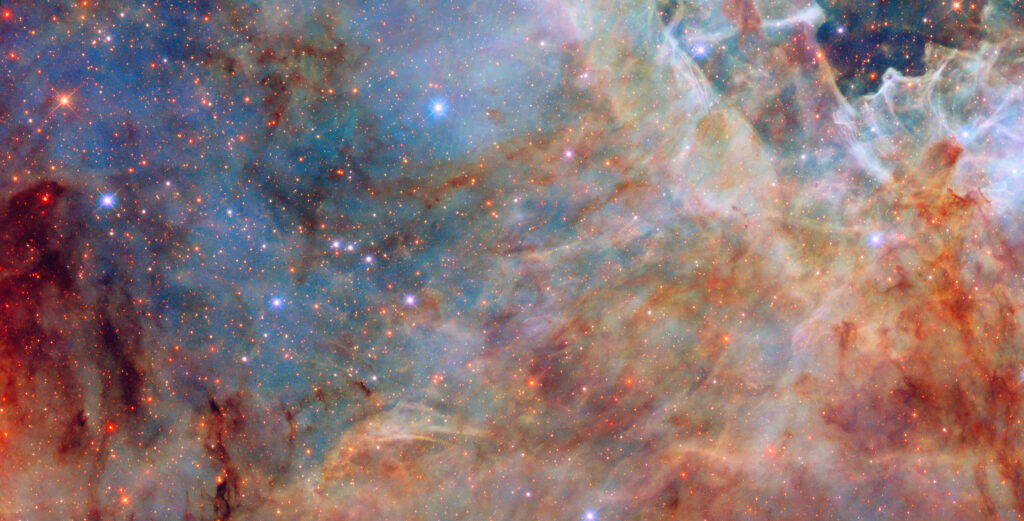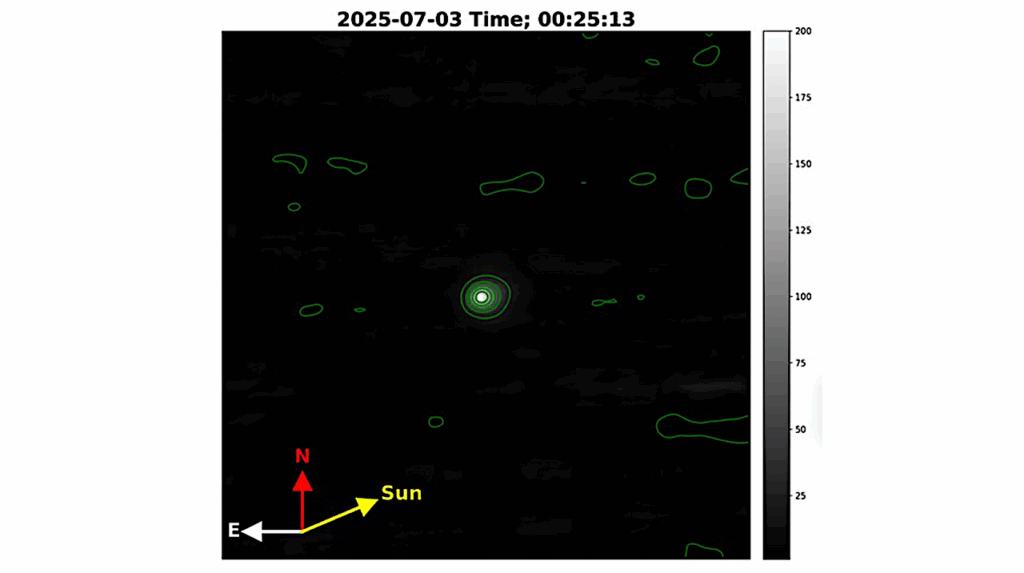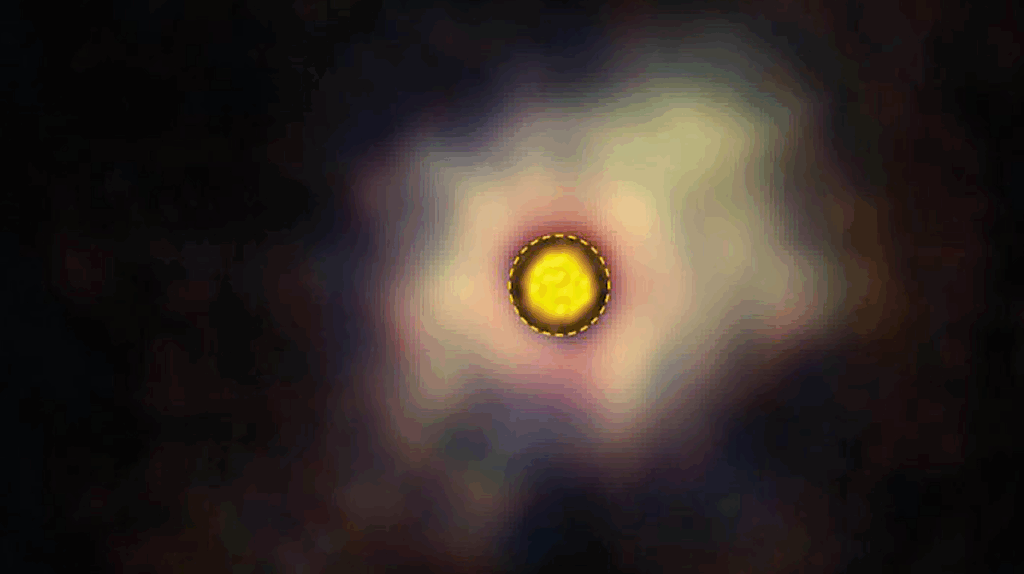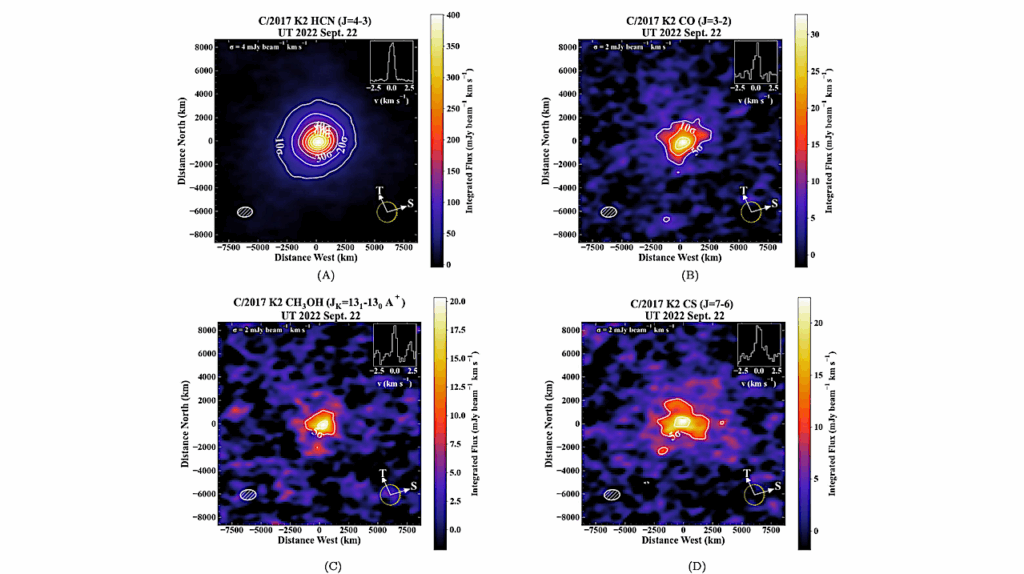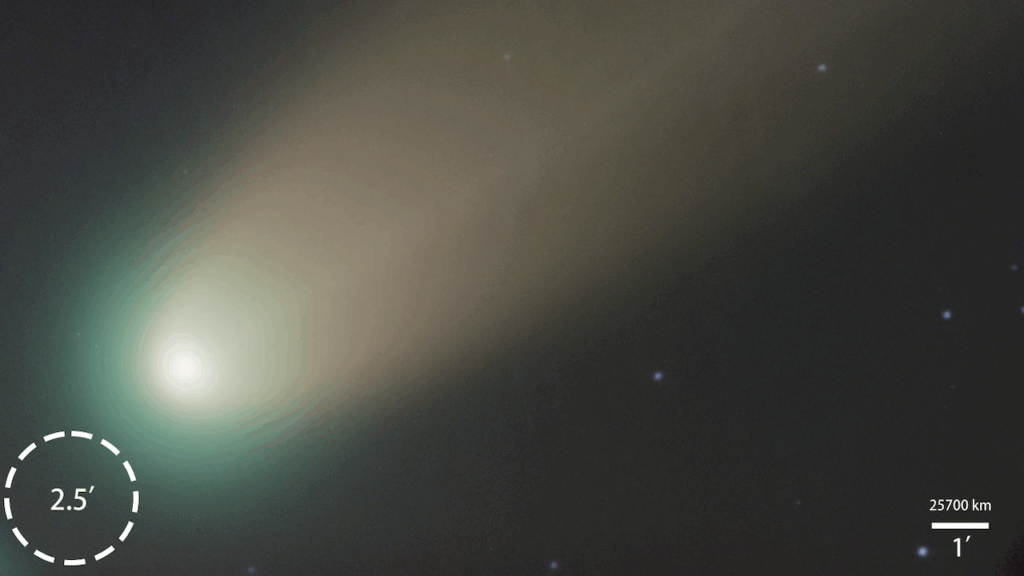Meteorites Plus Gamma Rays Could Have Given Earth The Building Blocks For Life

Even as detailed images of distant galaxies from the James Webb Space Telescope show us more of the greater universe, scientists still disagree about how life began here on Earth.
One hypothesis is that meteorites delivered amino acids — life’s building blocks — to our planet. Now, researchers reporting in ACS Central Science have experimentally shown that amino acids could have formed in these early meteorites from reactions driven by gamma rays produced inside the space rocks.
Ever since Earth was a newly formed, sterile planet, meteorites have been hurtling through the atmosphere at high speeds toward its surface. If the initial space debris had included carbonaceous chondrites — a class of meteorite whose members contain significant amounts of water and small molecules, such as amino acids — then it could have contributed to the evolution of life on Earth.
However, the source of amino acids in meteorites has been hard to pinpoint. In previous lab experiments, Yoko Kebukawa and colleagues showed that reactions between simple molecules, such as ammonia and formaldehyde, can synthesize amino acids and other macromolecules, but liquid water and heat are required. Radioactive elements, such as aluminum-26 (26Al) — which is known to have existed in early carbonaceous chondrites — release gamma rays, a form of high-energy radiation, when they decay. This process could have provided the heat needed to make biomolecules. So, Kebukawa and a new team wanted to see whether radiation could have contributed to the formation of amino acids in early meteorites.
The researchers dissolved formaldehyde and ammonia in water, sealed the solution in glass tubes and then irradiated the tubes with high-energy gamma rays produced from the decay of cobalt-60. They found that the production of α-amino acids, such as alanine, glycine, α-aminobutyric acid and glutamic acid, and β-amino acids, such as β-alanine and β-aminoisobutyric acid, rose in the irradiated solutions as the total gamma-ray dose increased.
Based on these results and the expected gamma ray dose from the decay of 26Al in meteorites, the researchers estimated that it would have taken between 1,000 and 100,000 years to produce the amount of alanine and β-alanine found in the Murchison meteorite, which landed in Australia in 1969. This study provides evidence that gamma ray-catalyzed reactions can produce amino acids, possibly contributing to the origin of life on Earth, the researchers say.
The authors acknowledge funding from the Japan Society for the Promotion of Science KAKENHI.
Gamma-Ray-Induced Amino Acid Formation in Aqueous Small Bodies in the Early Solar System
Astrobiology, Astrochemistry,



